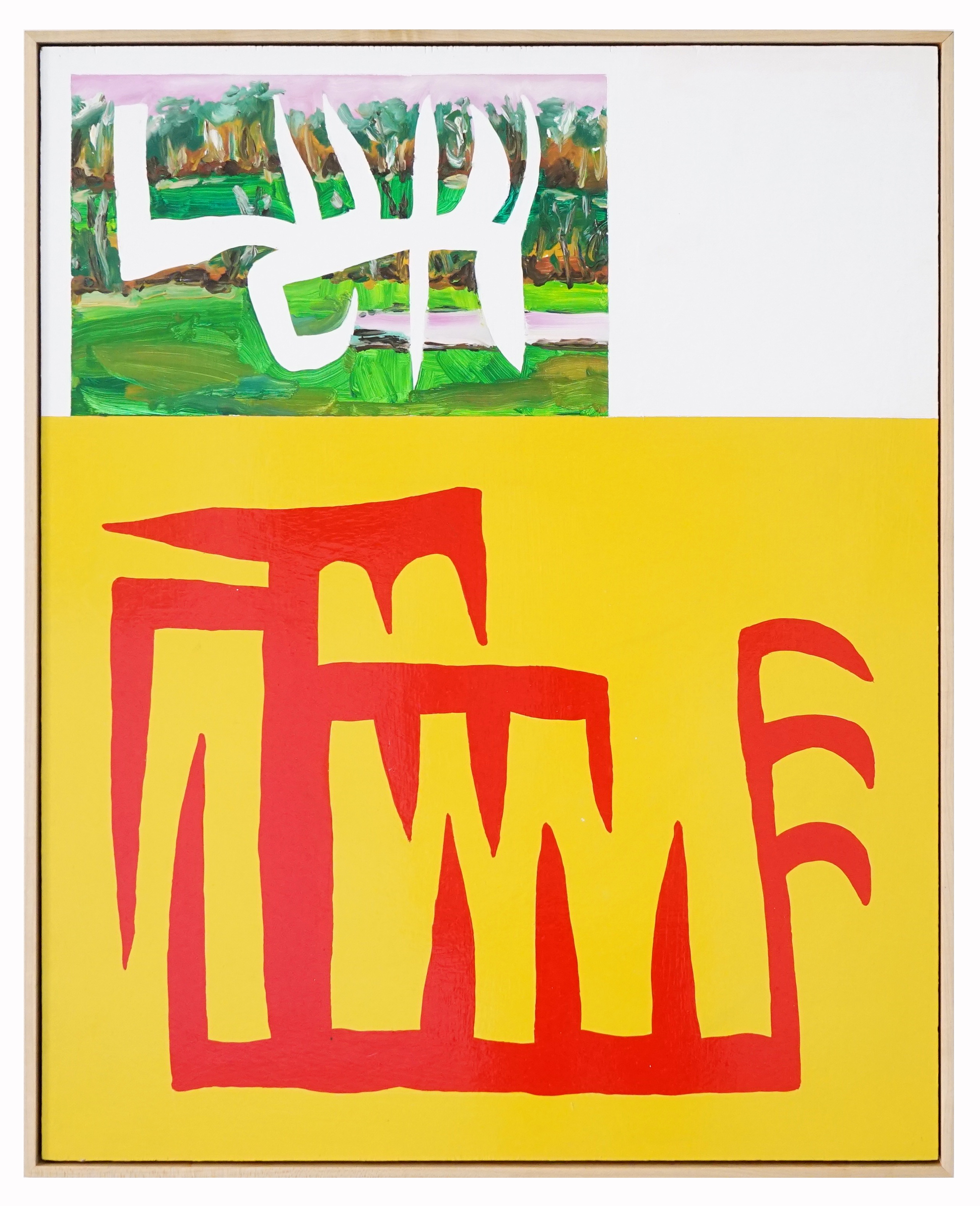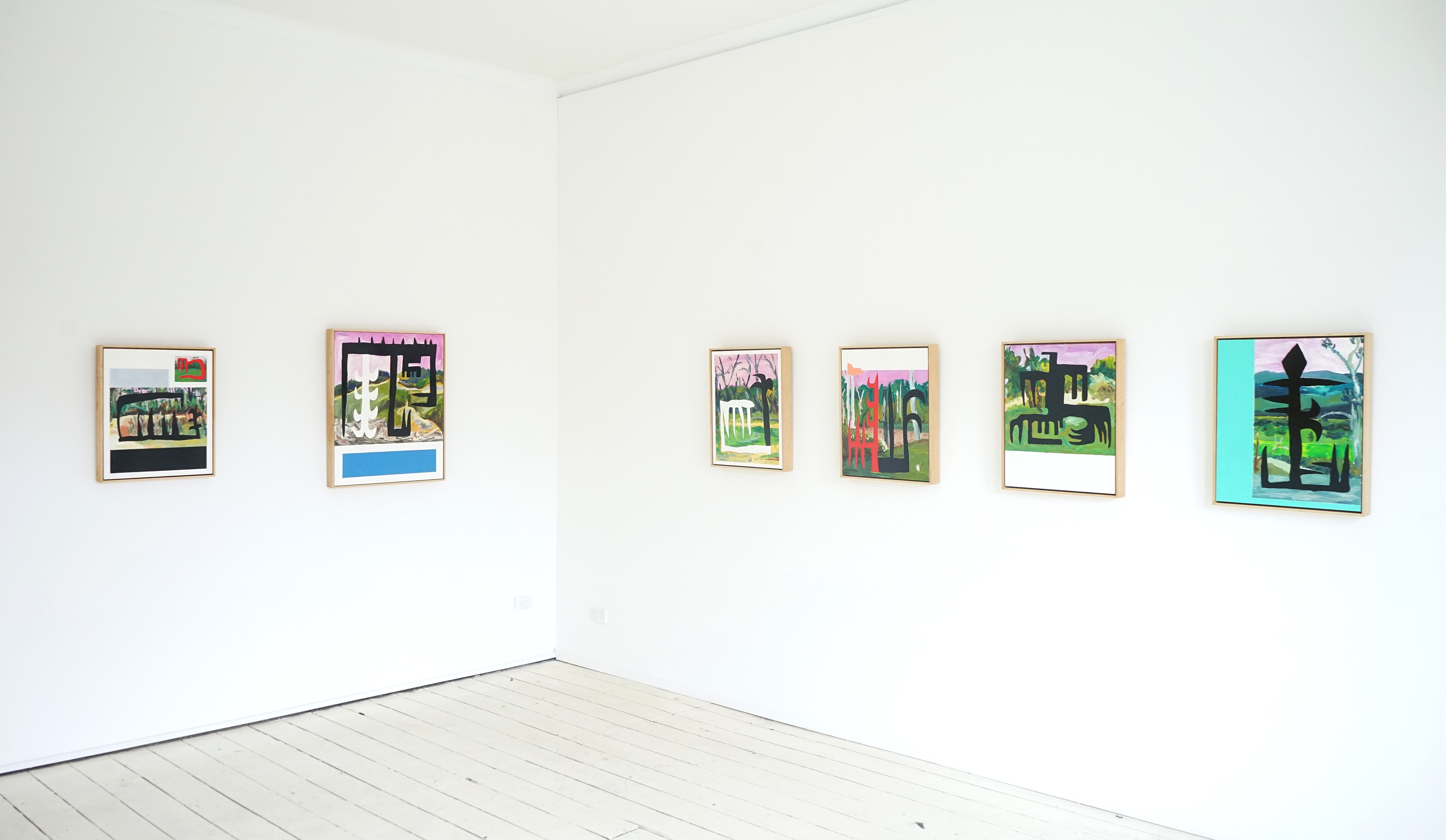Seventh Gallery, 25 January - February 10, 2017

Untitled,
Oil, acrylic and enamel paint on ply wood,
45x55 cm, 2017
Oil, acrylic and enamel paint on ply wood,
45x55 cm, 2017

Untitled,
Oil, acrylic and enamel paint on ply wood,
45x55 cm, 2016
Oil, acrylic and enamel paint on ply wood,
45x55 cm, 2016

Untitled,
Oil, acrylic and enamel paint on ply wood,
45x55 cm, 2016
Oil, acrylic and enamel paint on ply wood,
45x55 cm, 2016

Untitled,
Oil, acrylic and enamel paint on ply wood,
45x55 cm, 2016
Oil, acrylic and enamel paint on ply wood,
45x55 cm, 2016

Untitled,
Oil, acrylic and enamel paint on ply wood,
45x55 cm, 2016
Oil, acrylic and enamel paint on ply wood,
45x55 cm, 2016

Untitled,
Oil, acrylic and enamel paint on ply wood,
60x75 cm, 2017
Oil, acrylic and enamel paint on ply wood,
60x75 cm, 2017

Untitled,
Oil, acrylic and enamel paint on ply wood,
60x75 cm, 2016
Oil, acrylic and enamel paint on ply wood,
60x75 cm, 2016

Untitled,
Oil, acrylic and enamel paint on ply wood,
60x75 cm, 2016
Oil, acrylic and enamel paint on ply wood,
60x75 cm, 2016





“Discover Freely”
by Rebecca McCauley
How do you make work about land in Australia when you are born into a society, class and race that has systematically sought to rewrite and redefine the history of the land on which you focus? In particular I refer to the way western culture assigns value to land according to ownership, material worth and it’s ability to be “explored”. Are your Instagram photos of you on a mountain conforming to what we have been told to think and believe because Burke and Wills once had a sandwich there and, man, it was hard? Did Burke and Wills even make it up the mountain to look out at the great reveal like in Caspar David Friedrich’s Wanderer above the Sea of Fog (1818)? Or was that Flinders? And what the hell is the point of creating work if it just repeats the same ideological idioms that have already been so often said, reinforcing the same ideas floating around Qantas magazine for the last 228 years?
I just looked on the Visit Melbourne webpage and it told me that you should visit Gippsland because it is “unspoilt”. Unspoilt how, I wonder? Is this in reference to the farming industry and the extensive dairy pastures that dominate much of Gippsland, which have seen the removal of great swathes of forest and native bush lands, destroying old growth forest and habitat for native animals? I for one was shocked reading Don Watsons accounts of colonists’ ardent desire to tear down the ancient forests of Gippsland and convert them into clear fields in The Bush (2014). Like some great masochistic fever; “They saw red soil, the permanent springs, the creek … and they took up their axes” (Watson, 2014, p7); surely a far cry from ‘unspoilt’.
Perhaps it could mean unspolit like ‘hey, you should visit the La Trobe Valley or maybe even Hazelwood because it’s a great example of an unspoilt 1960’s coal fired power station where you can even see the literal coal burning as it enters the atmosphere’ unspoilt. Quick before the greenies shut it down! Unspoilt maybe like the unbroken and thinly veiled racism that has dominated colonial immigration policy and exudes from many older white holiday makers as ‘their’ beaches become increasing visited by migrant families - yes, I’m referring to the Great Pipi War of Venus Bay.
Cynicism aside by far the greatest and saddest thing that campaigns permeating ideas of ‘unspoilt’ and ‘untouched’ Country like those run by Tourism Victoria are that they exclude the multiple histories and lived experiences of those who initially laid claim to the land. That whole Burke and Wills sandwich thing suddenly seems pretty mediocre. In what is now known as Gippsland the Gunaikurnai (or Gunai/Kurnai) nation has lived, cultivated and maintained Country for tens of thousands of years - and still is.
To say that something is ‘unspoilt’ negates all agency away from the people who have been proven, through both western and non-western systems of history and fact, to have shaped the landscape in countless ways. Further to this it fails to acknowledge the inhumane and violent ways in which Gunaikurnai were (often still are) treated by colonisers, and echoing this the strength and resilience shown by people defending their land and culture. Upon colonisation this nation of people, as all across Australia, were brutally suppressed and massacred when their lands and homes were taken at the hands of pastoralists. Plenty have said and are saying this better than I could, and I’ve included a list of some of these publications below. But it is these ideas and histories that Maddison Kitching grapples with in his latest series Discover Gippsland!
Kitching, like myself, identifies as non-Indigenous and as a long term visitor to the Gippsland region, will always find himself complicit in its ‘whitewashing’ of the past. In Kitchings paintings, done en plein air (to reference the French), the landscape of Gippsland sits behind strong angular shapes, which disrupt and distort the view. They are done in his characteristic loose painterly style, but the edges are hard and sharp. Examined up close you notice the different surfaces, where the thick lustrous oils meet sleek enamel. You notice too the graphic colours, bold and dark, against the naturalist environment. Kitching references the learning process of the bloody history of frontier wars in Gippsland as the basis of this work, which builds upon previous series directly critiquing tourism magazines and representations of Australian landscapes. Initial plans to include tourist slogans with the works were later dropped in favor of the simplicity of the image. The shapes, he claims, draw inspiration from everyday colonial artefacts that litter our environments, such as the architecture of street poles and colonial weaponry. They become a part of the landscape, but sit separate; they break it up and add something new.
What Kitching has referenced is not new. However it is sadly spoken little about in mainstream media and especially not in Tourism Victoria’s advertising campaigns. In this series Kitching has presented his own deeply personal response to an important process, in his own style. In Kitching’s humble way this is not blatantly obvious or forced down your throat, the works are graphic and striking and can be viewed on simply a visual level, letting the landscape sneak through. I hope that maybe, as I’m sure Kitching does, you might view these works and appreciate their material beauty and wonder what exactly is going on. They might prompt you to Google Gippsland’s history, or pick up a book, or go sit on that mountain and think a little about what it all says. Because how can you orient yourself and make work about land without thinking about it’s meaning not only to yourself but to others? Because what does unspoilt even mean when you have no terms of reference to the land other than your white eyes? Beautiful, yes it is, but unspoilt? That’s a dangerously simplistic outlook.
Discover Gippsland! By Maddison Kitching ran from the 26th of January to the 10th of February, 2017, at Seventh Gallery, Fitzroy. Profits from the show were directed to Gunaikurnai Land and Waters Aboriginal Corporation (GLaWAC), and the organisations new cultural centre. For further reading regarding the use of agriculture by First Nations people please see Dark Emu (2014) by Bruce Pascoe, or for information about massacres in Australia see Blood on the Wattle (1988) by Bruce Elder. Detailed information about Gippsland can also be found in the writing of Don Watson, in particular Caledonia Australis (1984) and The Bush (2014).